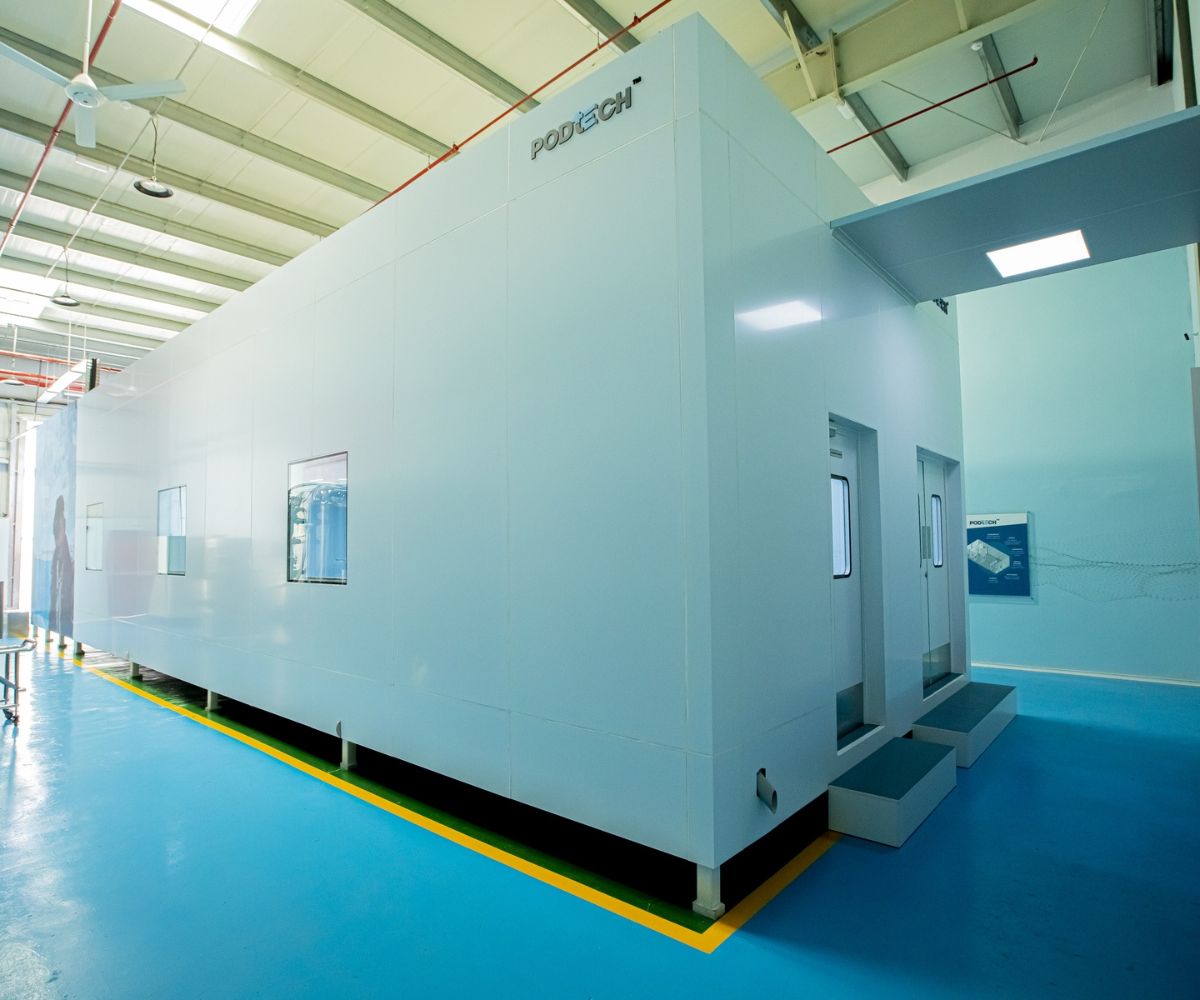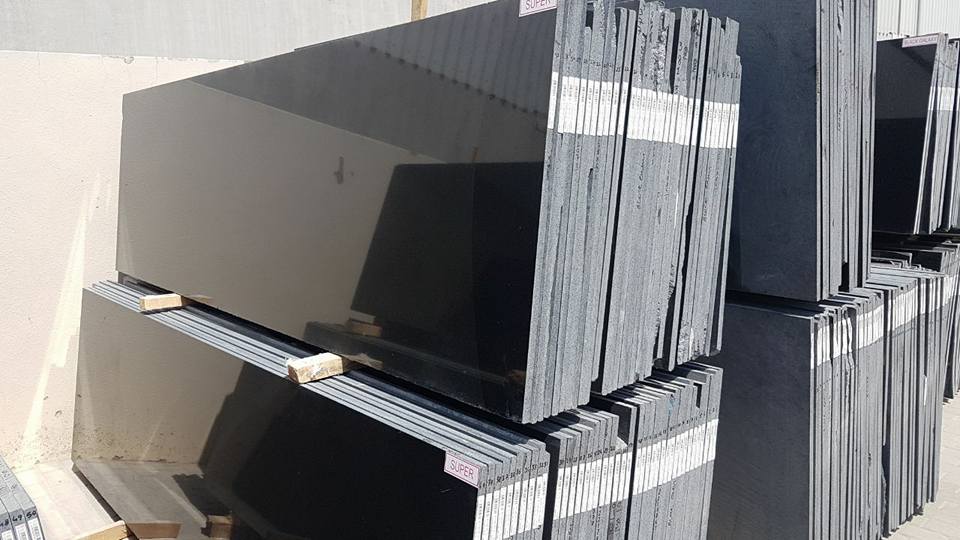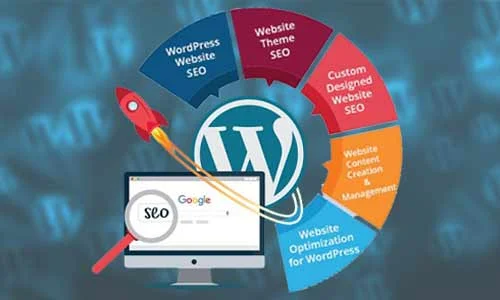If you have ever stepped into a manufacturing facility, research laboratory, or pharmaceutical production site, you likely encountered a clean room. These specialized environments play a critical role in ensuring the purity of products and processes by maintaining exceptionally low levels of airborne particles. However, traditional clean rooms are often fixed installations, limiting their flexibility and accessibility. This is where portable clean rooms step in, offering a versatile solution to various industries’ cleanliness requirements.
Types of Clean Rooms
Clean rooms are categorized based on international standards established by the International Organization for Standardization (ISO). These standards define the maximum allowable concentration of particles per cubic meter of air. Classifications range from ISO 1 (the strictest) to ISO 9 (the least stringent). Different industries, such as semiconductor manufacturing, biotechnology, and aerospace, require clean rooms of varying classifications to meet their specific cleanliness needs.
Portable Clean Rooms: A Brief Overview
Portable clean rooms are self-contained enclosures equipped with advanced air filtration systems, designed to create controlled environments with low levels of contamination. Unlike conventional clean rooms, which are constructed as permanent fixtures within facilities, portable clean rooms offer the advantage of mobility and adaptability. They can be easily transported, assembled, and disassembled, making them ideal for temporary or remote operations where cleanliness is paramount.
Features and Components of Portable Clean Rooms
Portable clean rooms consist of several key components, including:
- Air Filtration Systems: HEPA (High-Efficiency Particulate Air) or ULPA (Ultra-Low Penetration Air) filters remove particles as small as 0.3 microns, ensuring clean air circulation within the enclosure.
- Construction Materials: Enclosures are typically constructed from durable materials such as stainless steel or rigid plastics, providing a stable and contaminant-free environment.
- Contamination Control Measures: Antistatic flooring, air showers, and gowning areas help prevent the introduction of contaminants into the clean room environment.
Applications of Portable Clean Rooms
Portable clean rooms find applications across various industries, including:
- Medical and Pharmaceutical: Sterile compounding, pharmaceutical manufacturing, and medical device assembly.
- Electronics Manufacturing: Semiconductor fabrication, microelectronics assembly, and cleanroom testing.
- Research Laboratories: Biotechnology research, nanotechnology experiments, and cleanroom microscopy.
Benefits of Using Portable Clean Rooms
The adoption of portable clean rooms offers several advantages:
- Cost-effectiveness: Lower initial investment and operational costs compared to traditional clean room facilities.
- Flexibility and Mobility: Ability to set up clean room environments in remote or temporary locations as needed.
- Quick Setup and Installation: Rapid deployment allows for faster project timelines and increased operational efficiency.
Considerations When Choosing a Portable Clean Room
When selecting a portable clean room system, factors to consider include:
- Size and Dimensions: Ensuring adequate space for desired operations and equipment.
- Environmental Requirements: Compatibility with temperature, humidity, and airflow specifications.
- Compliance with Industry Standards: Meeting regulatory requirements and industry-specific guidelines for cleanliness and safety.
Maintenance and Cleaning Procedures
Proper maintenance and cleaning are essential for preserving the integrity of portable clean rooms:
- Regular Inspections: Scheduled inspections to identify and address any issues promptly.
- Recommended Cleaning Methods: Using approved disinfectants and cleaning agents to maintain cleanliness without compromising material integrity.
Future Trends in Portable Clean Room Technology
Advancements in portable clean room technology are driving innovation in contamination control:
- Improved Filtration Systems: Enhanced filtration capabilities for higher efficiency and particle removal.
- Integration with IoT and Automation: Smart sensors and automated controls for real-time monitoring and adjustment of clean room conditions.
Case Studies: Successful Implementations of Portable Clean Rooms
Real-world examples demonstrate the effectiveness of portable clean rooms in various industries:
- Pharmaceutical Production: Portable clean rooms used for aseptic filling of medications in remote locations, ensuring product quality and regulatory compliance.
- Aerospace Manufacturing: Clean room pods deployed for satellite assembly and testing, providing a controlled environment for sensitive electronic components.
Challenges and Limitations
Despite their benefits, portable clean rooms face challenges such as:
- Environmental Constraints: Adapting to extreme temperatures or harsh conditions in outdoor settings.
- Adaptability to Specific Requirements: Customization to meet the unique cleanliness and operational needs of different industries.
Environmental Impact and Sustainability
Efforts to improve the environmental sustainability of clean room operations include:
- Energy Efficiency Measures: Optimizing HVAC systems and lighting to reduce energy consumption.
- Recycling and Waste Management: Implementing strategies for recycling materials and minimizing waste generation.
Regulatory Compliance and Safety Standards
Compliance with regulatory standards ensures the safety of personnel and products within clean room environments:
- Adherence to Regulations: Following guidelines set forth by regulatory agencies such as the FDA (Food and Drug Administration) and ISO (International Organization for Standardization).
- Employee Safety: Providing training and personal protective equipment to minimize exposure to hazardous materials and contaminants.
Cost Analysis: Comparing Portable Clean Rooms to Traditional Facilities
A thorough cost analysis evaluates the total cost of ownership and return on investment for portable clean rooms:
- Initial Investment vs. Long-term Savings: Comparing upfront costs of portable clean room systems to ongoing operational expenses and potential cost savings.
- Total Cost of Ownership: Considering factors such as maintenance, utilities, and downtime when assessing overall affordability.
Conclusion
Portable clean rooms offer a flexible and cost-effective solution for maintaining cleanliness in diverse industrial settings. With advancements in technology and growing demand for contamination control, the future of portable clean room systems looks promising. By addressing challenges and embracing sustainability measures, portable clean rooms will continue to play a crucial role in ensuring product quality, safety, and compliance.
FAQs (Frequently Asked Questions)
Q. What industries can benefit from using portable clean rooms?
Ans. Portable clean rooms find applications in industries such as pharmaceuticals, electronics manufacturing, and research laboratories.
Q. How do portable clean rooms compare to traditional clean room facilities in terms of cost?
Ans. Portable clean rooms typically offer lower initial investment and operational costs compared to fixed installations.
Q. Are portable clean rooms compliant with industry regulations and safety standards?
Ans. Yes, reputable manufacturers ensure that portable clean rooms meet regulatory requirements and adhere to safety guidelines.
Q. Can portable clean rooms be customized to specific cleanliness requirements?
Ans. Yes, portable clean rooms can be tailored to meet the cleanliness and operational needs of different industries and applications.
Q. What is the lifespan of a portable clean room system?
Ans. The lifespan of a portable clean room system depends on factors such as maintenance, usage, and environmental conditions, but with proper care, they can provide years of reliable service.





